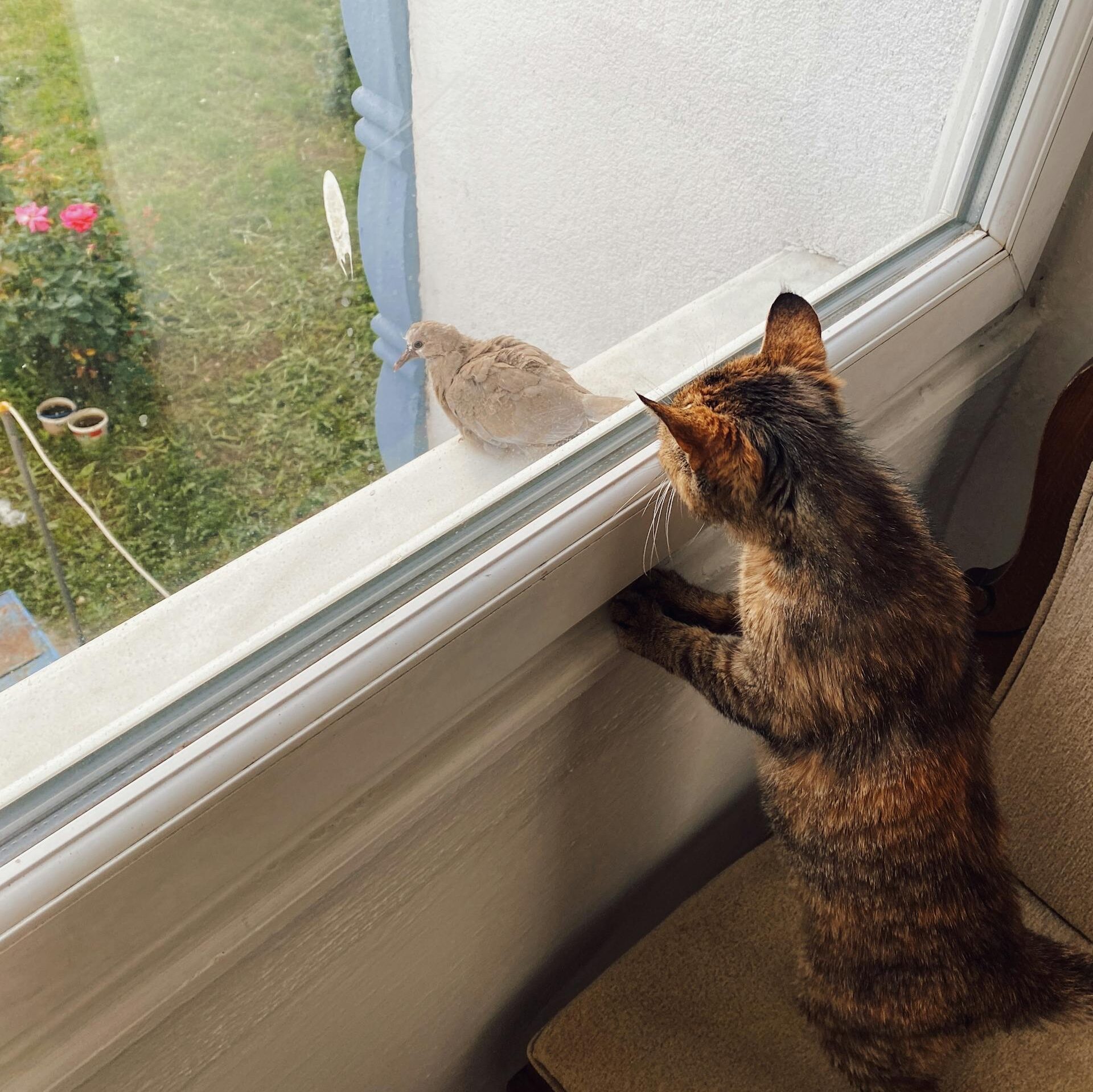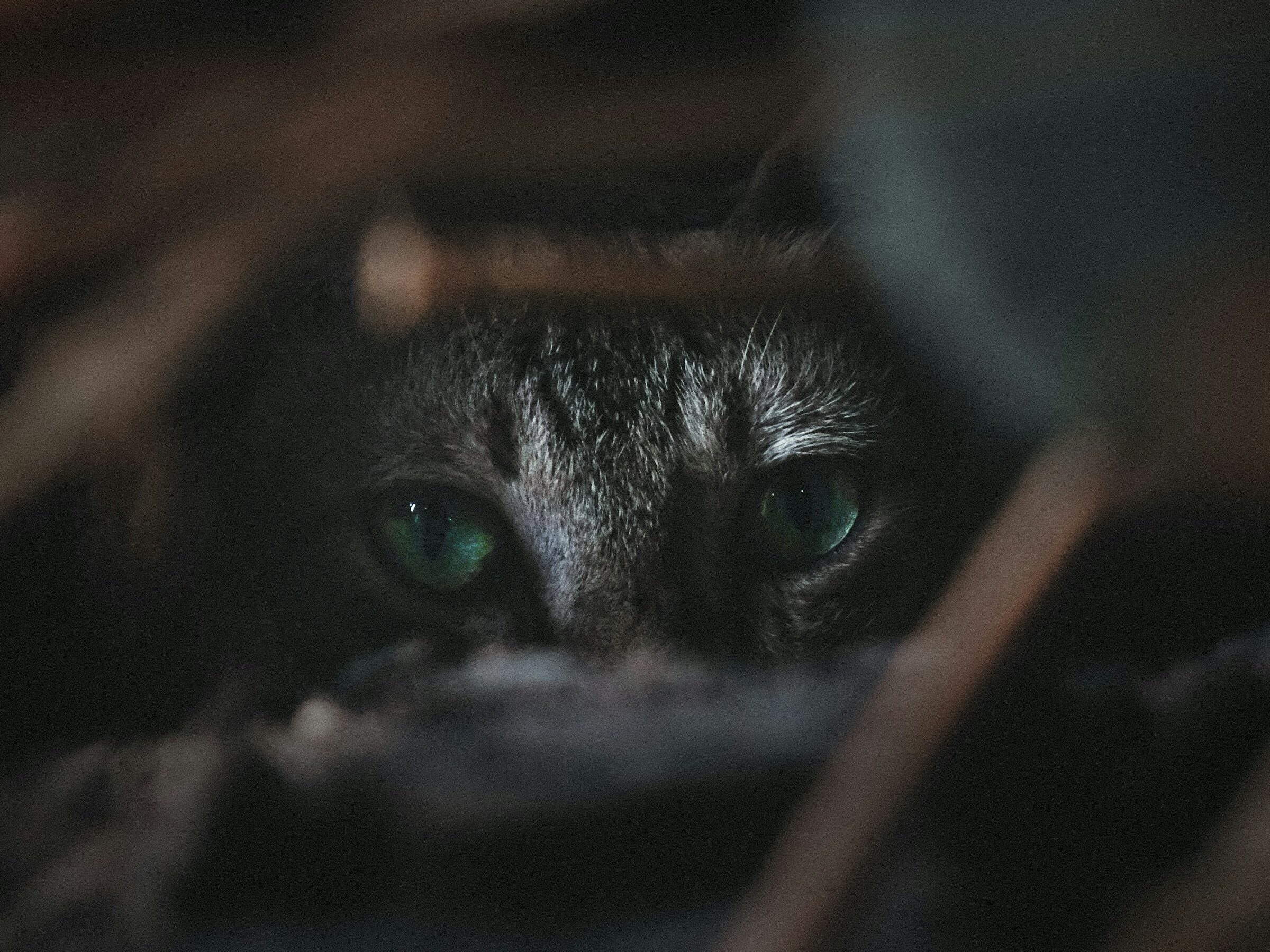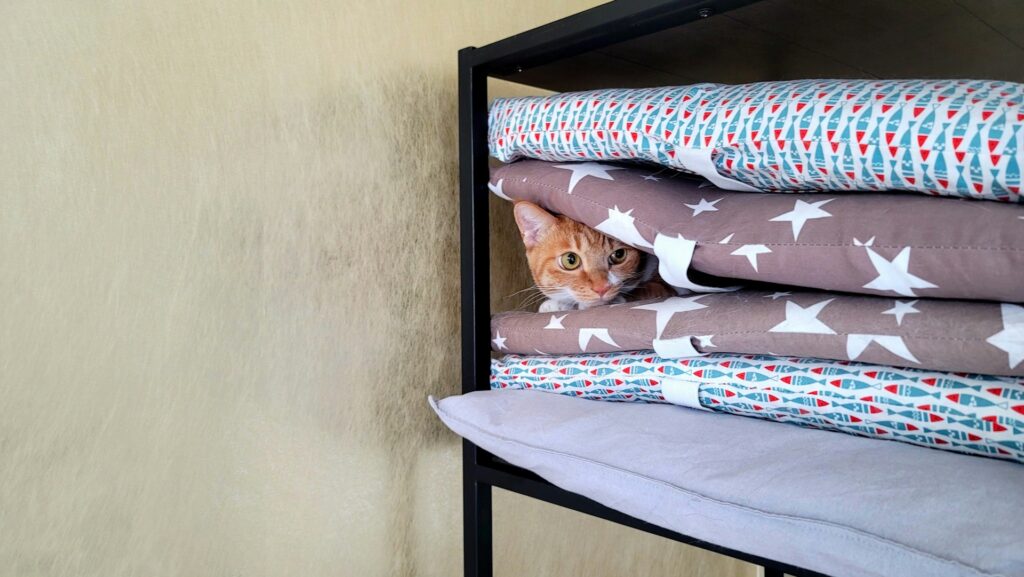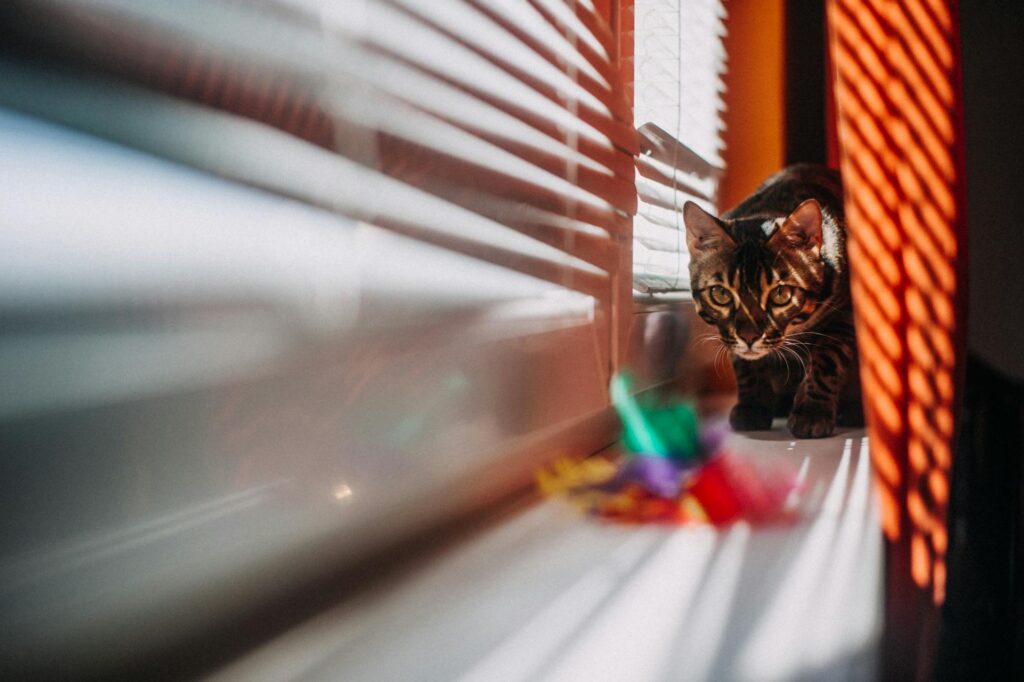Sometimes it feels like you live with a ghost. One minute your cat’s around, the next… gone. Under the bed, behind the couch, deep in the closet—it’s like they’ve joined a feline witness protection program. While a little hiding is totally normal, constant disappearing acts could be a sign that something’s off. Let’s unpack why your cat might be hiding so much—and what you can do to make them feel safe and seen again.
The Natural Side of Hiding
First off, hiding isn’t always a problem. Cats are prey animals as much as they’re predators, and seeking cozy, enclosed spaces is in their DNA. It helps them feel secure, especially in unfamiliar or chaotic environments.

Some common, not-so-alarming reasons for hiding include:
- New noises (neighbors moving furniture, thunder, firecrackers)
- New people or pets in the home
- Rearranged furniture or changes in scent
- Needing alone time to decompress (yes, they do that too)
But when hiding becomes the norm instead of the exception, it’s time to take a closer look.
When Hiding Becomes a Red Flag
If your cat is spending most of the day in hiding, avoiding food, skipping the litter box, or acting fearful when you approach, there might be more going on. Potential causes include:
- Stress or anxiety — Common in small spaces without a clear “safe zone”
- Illness or injury — Cats are masters at masking pain
- Lack of vertical territory or enrichment — Especially important in apartments
- Too much stimulation — Loud music, constant activity, strong smells
- No place to retreat comfortably — If your cat is hiding in hard-to-reach or awkward spots, it might be because they don’t have better options

How to Help a Hiding Cat Come Out (on Their Terms)
Here’s what you can do to gently coax your cat out of their shell—without pushing too hard or violating their need for privacy.
1. Create a Designated Safe Space
Sometimes your cat is hiding because they don’t have anywhere better to hide. Designate a quiet corner with:
- A cozy, covered cat bed or soft blanket-lined box
- Minimal foot traffic
- Vertical access, like a cat shelf or perch to observe from above
Let this be theirs, and don’t invade it unless necessary. The more secure they feel there, the more confident they’ll be everywhere else.

2. Use Vertical Territory to Reduce Fear
In small apartments, cats often feel overwhelmed when they’re stuck at floor level. Installing a few wall-mounted perches or a tall cat tree allows them to escape to safety without disappearing completely. Vertical space helps them regulate stress while still observing their environment.
3. Keep Routines Predictable
Cats thrive on routine. Feeding time, playtime, and even your own habits give them a sense of structure. Inconsistency, loud surprises, or constant changes to their layout can make them retreat more often.
Try to keep things stable—especially during renovations, furniture rearranging, or moving.

4. Minimize Environmental Stressors
Are you unknowingly creating an uncomfortable environment? Ask yourself:
- Is their litter box near loud appliances?
- Do they get disturbed while eating or sleeping?
- Is their space cluttered or constantly disrupted?
A calm, quiet, and predictable environment goes a long way in helping a cat feel secure.
5. Offer Enrichment and Engagement
Sometimes cats hide because they’re bored. When they have nothing interesting to do, they default to napping—and hiding is the safest place to nap.
Add:
- Puzzle toys and slow feeders
- Interactive playtime (laser toys, wand toys, crinkle tunnels)
- A window perch to watch birds or people go by
You want to give them reasons not to disappear.

What If Your Cat Still Won’t Come Out?
If hiding behavior lasts for several days, comes with appetite changes, or seems out of character, it’s worth consulting your vet. Pain, illness, or undiagnosed anxiety might be at play—and early intervention is key.
Also, be patient. For shy or traumatized cats, earning trust can take weeks or even months. Pushing too hard will only make them retreat further. Let them lead the pace.
Conclusion: Give Them a Reason to Stay Present
In small living spaces, it’s easy to overlook your cat’s need for boundaries, privacy, and elevated safety. But when they hide all the time, they’re sending you a message: “I need to feel safe.”
Your job? Make that safety easy to find.
Want to give your cat a cozy hideaway or elevated escape zone that won’t crowd your apartment? Check out our hand-picked furniture designed for small spaces—stylish, compact, and totally cat-approved.


